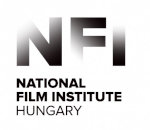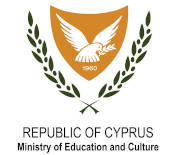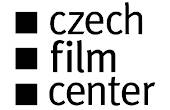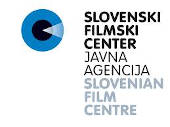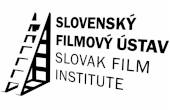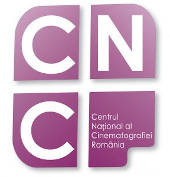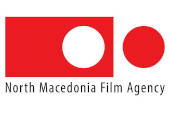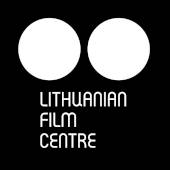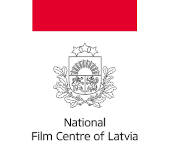A mischievous and curious young fairy boy, Lala, the son of the Fairy Queen, embarks on an incredibly risky journey: he crosses the border and steps into the world of humans. Thus begins the story of Fairyheart, or, in its Hungarian original, Tündér Lala (Lala, the Fairy), one of Hungary’s most beloved fairy tale novels, written by Magda Szabó.
Fairyheart is produced by Mythberg Films (Hungary), Cinemon Entertainment (Hungary), Lalafilm (Hungary), Storyteller Pictures and Lakeside Animation (Canada), and Traumhaus Studios (Germany).
The project is backed by the National Film Institute - Hungary (NFI), Eurimages , Creative Europe MEDIA, Telefilm Canada, Ontario Creates, and Mitteldeutschen Medienförderung (MDM).
The Canadian sales agent is Vortex Media, the German sales agent is Little Dream Pictures, and the worldwide sales agent is Odin’s Eye Animation.
FNE: Please tell us about the story of Fairyheart.
Jozsef Berger: As the only fairy child in the immortal fairy kingdom, Lala is fascinated by human children. But humans are outlawed by the wizard Aterpater, who wants to put an end to their existence by cutting a thread tying fairies to humans. Having met Bea, a grieving human girl, Lala is certain humans deserve to live and will sacrifice his fairy heart to restore the thread, saving both fairies and humans too.
FNE: What attracted you to this story?
Jozsef Berger: I did not find the story, it found me, through colleagues who were already working on the development, but arrived to a point when they asked me to join in.
Since I knew the story, I could say yes without any hesitation, as this is truly one of the most renowned children’s stories of Hungary. Especially that, at that time, it was being developed as a feature film, and only later it became an animated film (which was a great decision). Making it an animated film gave us so much freedom in telling this story and in interpreting the vision of the director.
Fairy Lala is a very rich story with multiple layers and different messages to all generations of audiences. Magda Szabó wrote this story when she was so-called ‘silenced’ by the Communists, in the 60’s, and could only publish children’s stories. These layers are still there, and they are explored and shown in a very fresh interpretation by our director.
FNE: How important is the backing you have received from the National Film Institute - Hungary?
Jozsef Berger: It being a Hungarian story, we wouldn’t be able to package the project so successfully without the continuous and generous support of the National Film Institute - Hungary. Throughout the years, NFI stood behind the project and gave support for the different phases of its development.
Receiving these grants helped secure other funds, like Creative Europe MEDIA support (which actually was a grand slate, but still), and Ontario Creates’ support too, and later, for the production, NFI’s first letter of intent for production support helped Telefilm Canada, MDM and Eurimages to come on board.
It is sort of a basic rule for European coproductions (with some rare exceptions, of course), when you start packaging/financing a project, that if your own country’s main financing body doesn’t believe in your project then you are facing a very difficult path finding financing for that project. I wouldn’t say it was an easy ride for Fairyheart, it took us many years (with the difficulty of COVID-19 included), but without NFI’s significant grant it probably would have been impossible to make this film happen.
FNE: Why did you decide to make this project as a coproduction and what are the advantages and disadvantages of international coproduction?
 Jozsef Berger: It is not just an empty statement that a coproduction adds a lot of extra value to a film. The joint work of creators and professionals from the different countries will surely take the project to a higher level, in thinking, in style, in the message, you name it. In our case, there is a Hungarian born director who became a Canadian artist, and she is representing the Canadian culture but with her other cultural roots back in the Soviet times where she was a child in the Hungarian speaking territory of Soviet-Ukraine. Her fresh and Canadian look of the world with this background is a fantastic advantage for our storytelling. But she is helped by a great Hungarian animation artist as production designer (Aron Gauder), a Canadian art director, a German composer, and an outstanding young artist who designed the original characters.
Jozsef Berger: It is not just an empty statement that a coproduction adds a lot of extra value to a film. The joint work of creators and professionals from the different countries will surely take the project to a higher level, in thinking, in style, in the message, you name it. In our case, there is a Hungarian born director who became a Canadian artist, and she is representing the Canadian culture but with her other cultural roots back in the Soviet times where she was a child in the Hungarian speaking territory of Soviet-Ukraine. Her fresh and Canadian look of the world with this background is a fantastic advantage for our storytelling. But she is helped by a great Hungarian animation artist as production designer (Aron Gauder), a Canadian art director, a German composer, and an outstanding young artist who designed the original characters.
The results speak for themselves; these different artists created a very exceptional story and unique style and design.
But of course, a coproduction always takes time, higher risk, and if one piece doesn’t work out it is always difficult to rearrange or even restart. It is also difficult to meet with the different requirements of the territories and the administration is more complex and costly of course, but the budget will go higher which certainly supports the creative side and what will be seen on the screen at the end of the day.
Regarding our project, the National Film Institute - Hungary very much supports the idea of international coproductions, and a project with significant international support (especially with Eurimages) has much better chances to receive meaningful production support, like in our case.
FNE: What do you hope to achieve by your participation in Annecy?
Jozsef Berger: Being selected into the Work in Progress pitch session is a fantastic opportunity for us to show how we've arrived at this stage, how we've built the project step-by-step and how we plan to move forward and enter production. After their Cannes announcement, Annecy will be the next very important stage where we can present the project to buyers. We would like to create awareness of the project and make distributors interested. It is still a long way to go, but time flies very quickly and we would like to be very well prepared for the marketing and distribution of the film. Annecy is a fantastic opportunity to strengthen all of that.



